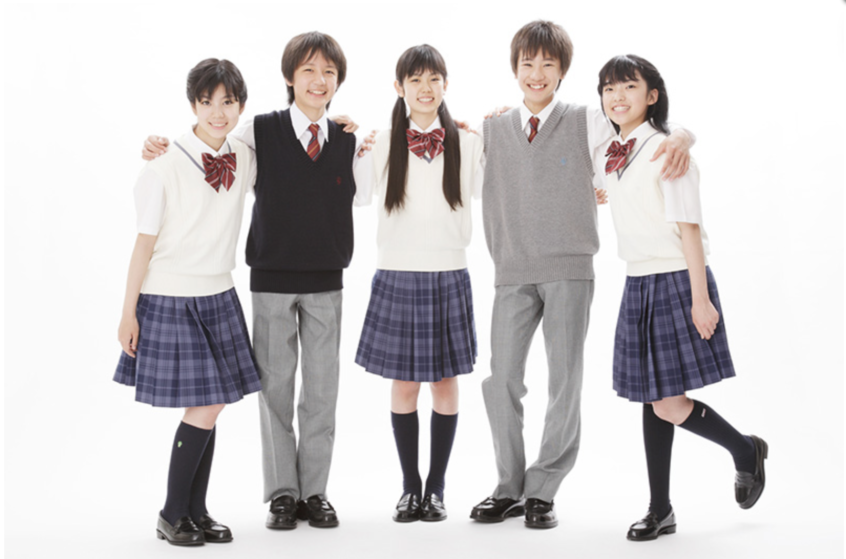
School in Japan is much more sophisticated compared to Canada. They have more policies, responsibilities in place along with different learning structure in high school. Instead of having electives, you take higher level of certain subjects for certain career paths. For example, you’d take a higher level of Science to focus on the medical field. As well, Japan assigns responsibilities to students such as cleaning duty or journal entries for what the class did. I believe that we could implement this at Centennial as it would build on student’s good habits and make them accountable. There is usually a mess in classrooms and having cleaning duty mandatory assigned to a different student each day would ensure the next group of students have a clean learning environment. I believe that a uniform policy that Japan uses is beneficial as it may prevent issues such as students bullying other students for what they wear. If this were implemented at Centennial it’d likely cause a lot of negative feedback but in the long run there would be a lot of benefits; such as building on students responsibility, wearing appropriate attire, and make all students equal in some way. Japan ensures students join a club/team which Centennial should also enforce as it may help students build communication skills and be more social. This is beneficial for post-secondary and in the work place. Overall, Japan is much more old-school compared to Canada, but it has more policies and responsibilities that are beneficial for students!




